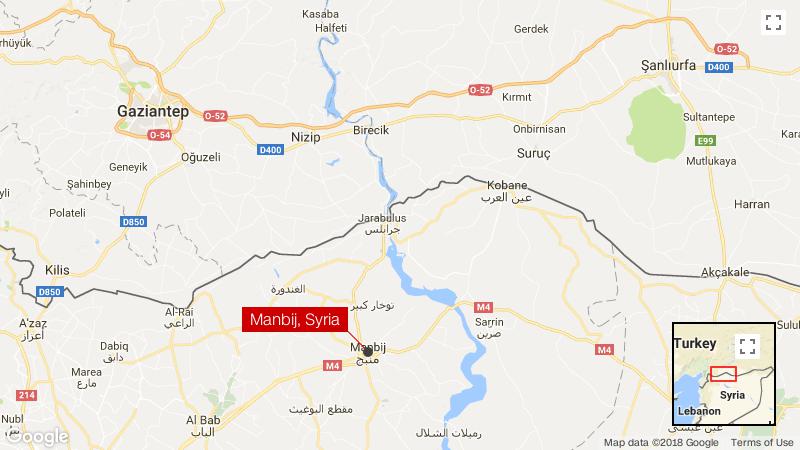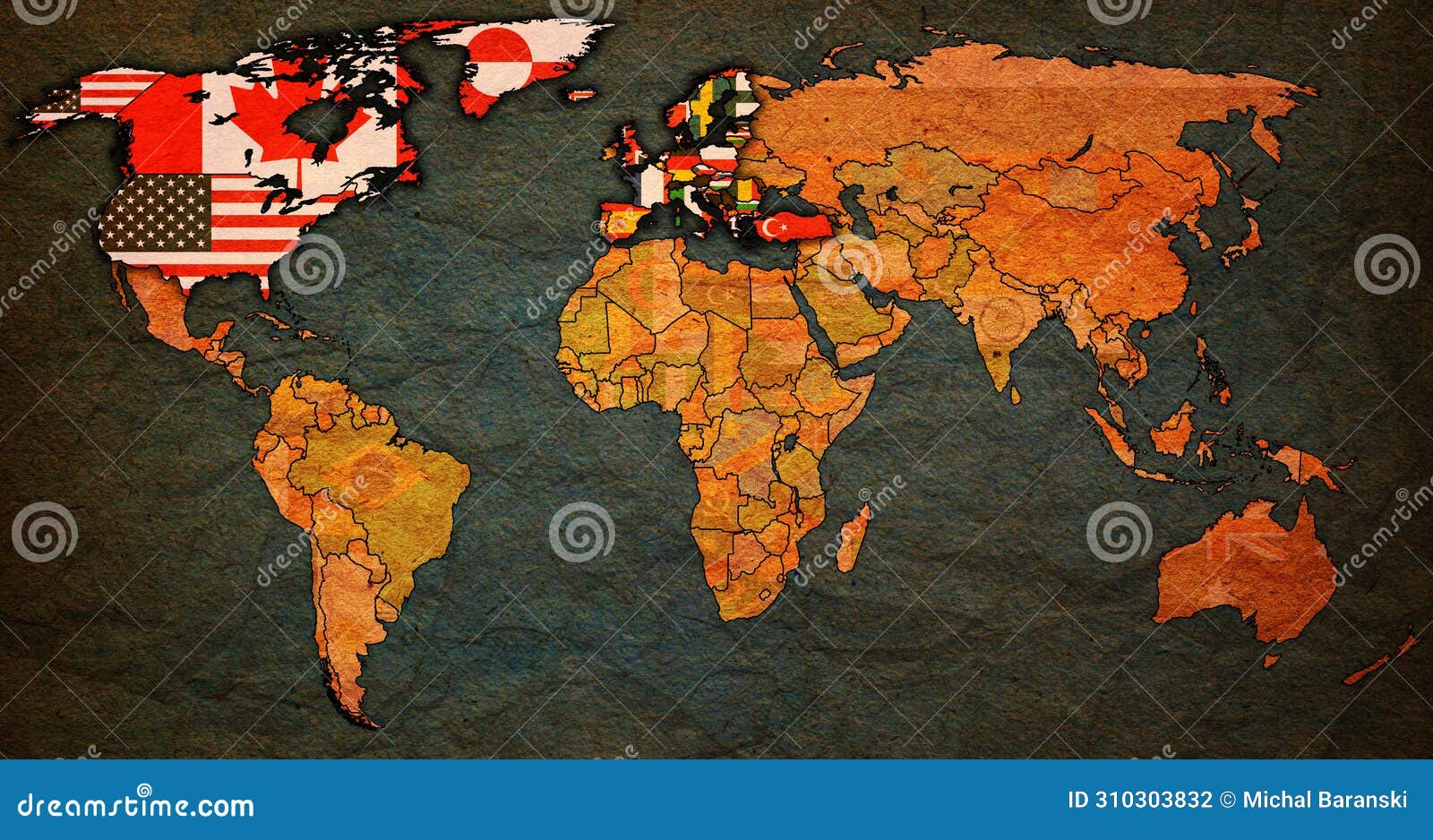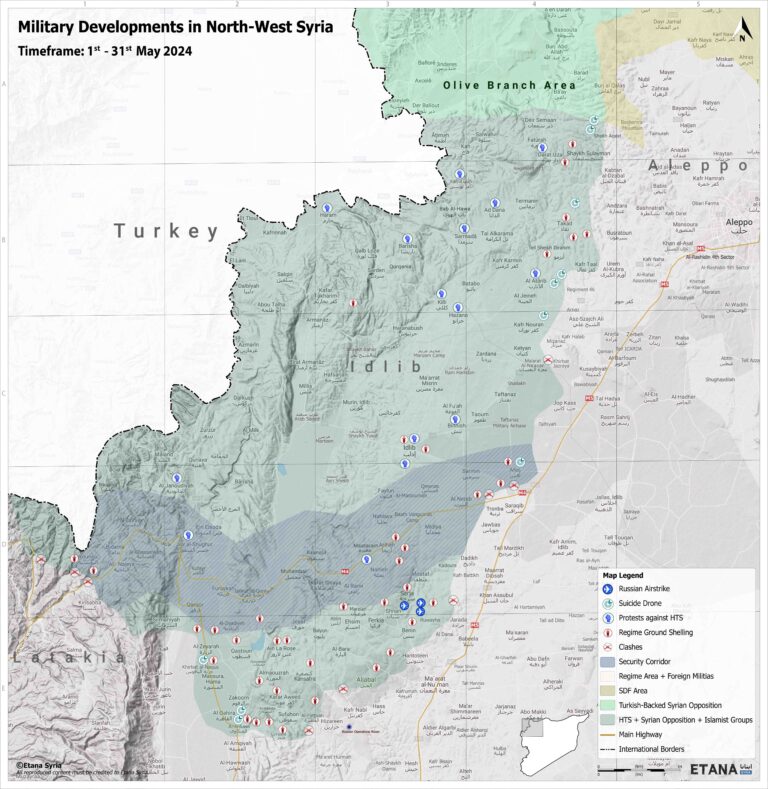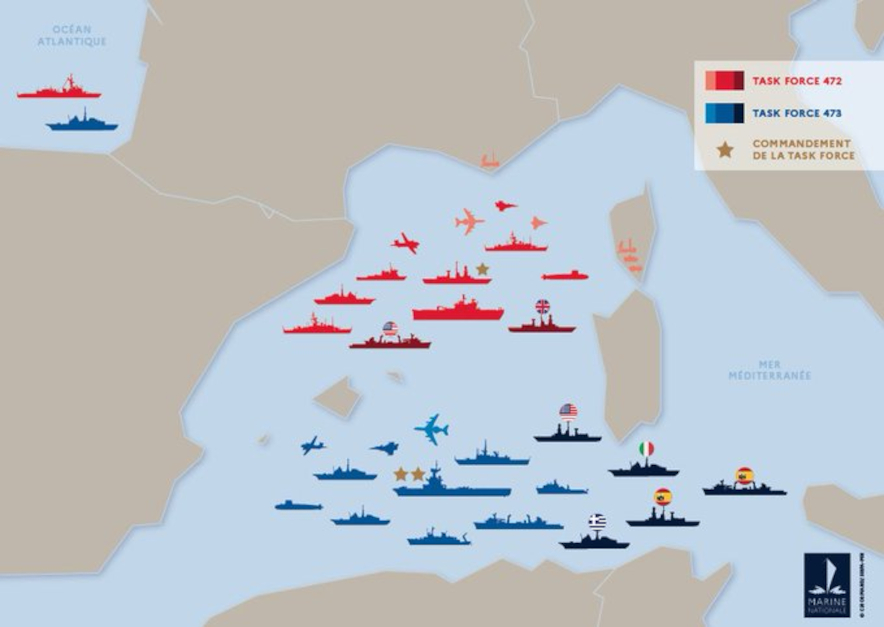Table of Contents
- Figure 1 from Australia ’ s cybersecurity future ( s ) It ’ s January ...
- Katrina T. Johnson on LinkedIn: This is one of many reasons why I ...
- Nato Map 2024 Vision - Roda Virgie
- World Mapping (Europe, Asia, Australia, Antartica) In One Shot! For NDA ...
- On the front lines in Syria, US troops face NATO ally's wrath - CNN
- Nato Map 2024 Vision - Roda Virgie
- NATO Territory on World Map in 2024 Stock Photo - Image of symbol ...
- World Cup 2024 Png Logo - aurie shaylyn
- Nato 2024 Yılında Ulusal Bayraklarla Dünya Haritasında Yer Aldı — Stok ...
- Syria Military Brief: North-West Syria – May 2024 – Etana Syria


The first map, depicting the NATO alliance in 1990, shows a relatively small coalition of Western nations, primarily consisting of North American and European countries. At that time, NATO's membership was limited to 16 countries, with its primary focus on countering the Soviet Union's influence in Europe. Fast forward to the present day, and the second map reveals a drastically different picture. NATO has undergone significant expansion, with its membership now comprising 30 countries, including several former Soviet republics and Eastern European nations.


NATO's Growth: A Strategic Response to Global Challenges


The inclusion of countries such as Poland, the Czech Republic, and the Baltic states has significantly expanded NATO's territorial reach, creating a buffer zone between Russia and Western Europe. This strategic expansion has also facilitated cooperation on issues like counter-terrorism, cyber security, and energy security, ultimately strengthening the alliance's ability to address emerging global challenges.


Russia's Isolation: A Consequence of Geopolitical Miscalculations

The annexation of Crimea in 2014, the ongoing conflict in Ukraine, and Russia's involvement in the Syrian Civil War have all contributed to its growing isolation. The imposition of economic sanctions by Western nations, coupled with the decline of global oil prices, has further exacerbated Russia's economic woes, limiting its ability to project power and influence globally.

Conclusion: A New Era of Geopolitical Competition
The two maps highlighting NATO's expansion and Russia's isolation since 1990 serve as a visual reminder of the significant shifts in the global geopolitical landscape. As the world enters a new era of great power competition, understanding these developments is crucial for navigating the complexities of international relations.By examining the growth of NATO and the decline of Russia's influence, we can gain valuable insights into the drivers of global change and the evolving nature of international security. As the global landscape continues to shift, it is essential to remain informed about these developments, recognizing the opportunities and challenges they present for nations, alliances, and the global community as a whole.
In conclusion, the expansion of NATO and the increasing isolation of Russia are two interconnected trends that have significantly impacted the global geopolitical landscape since 1990. As we move forward, it is crucial to continue monitoring these developments, recognizing the implications they have for international security, cooperation, and the pursuit of global stability.